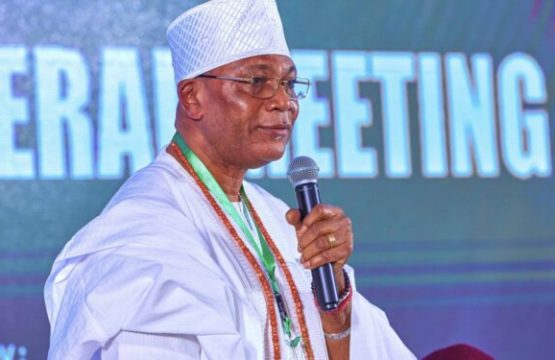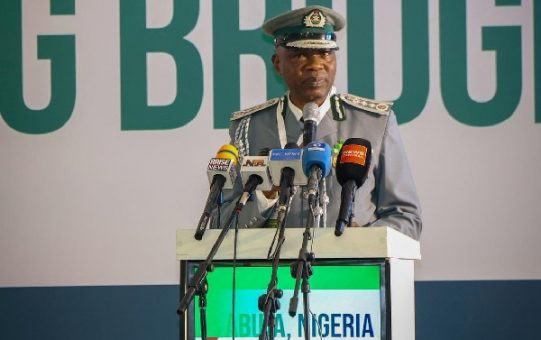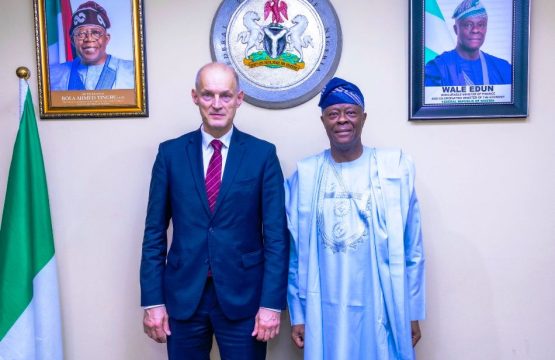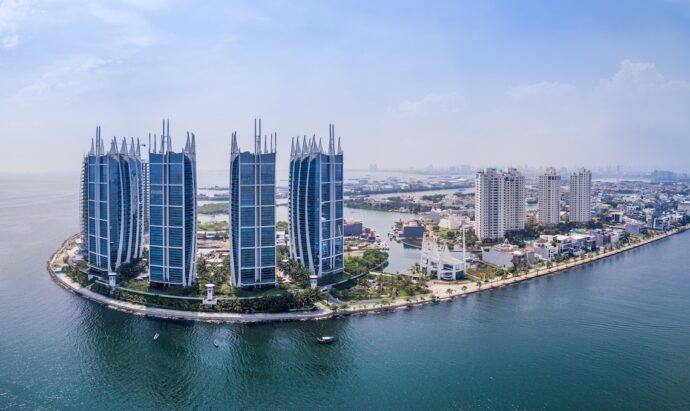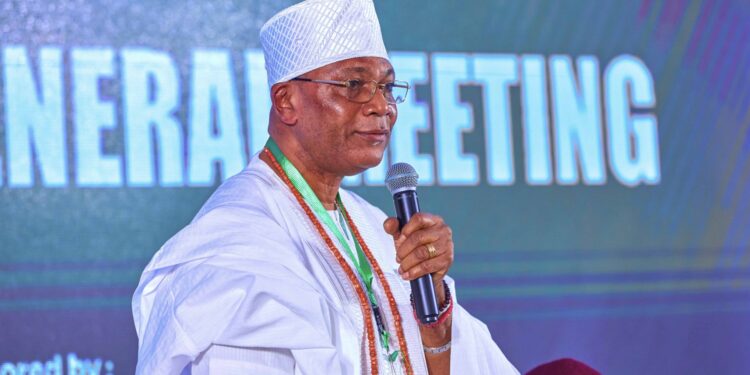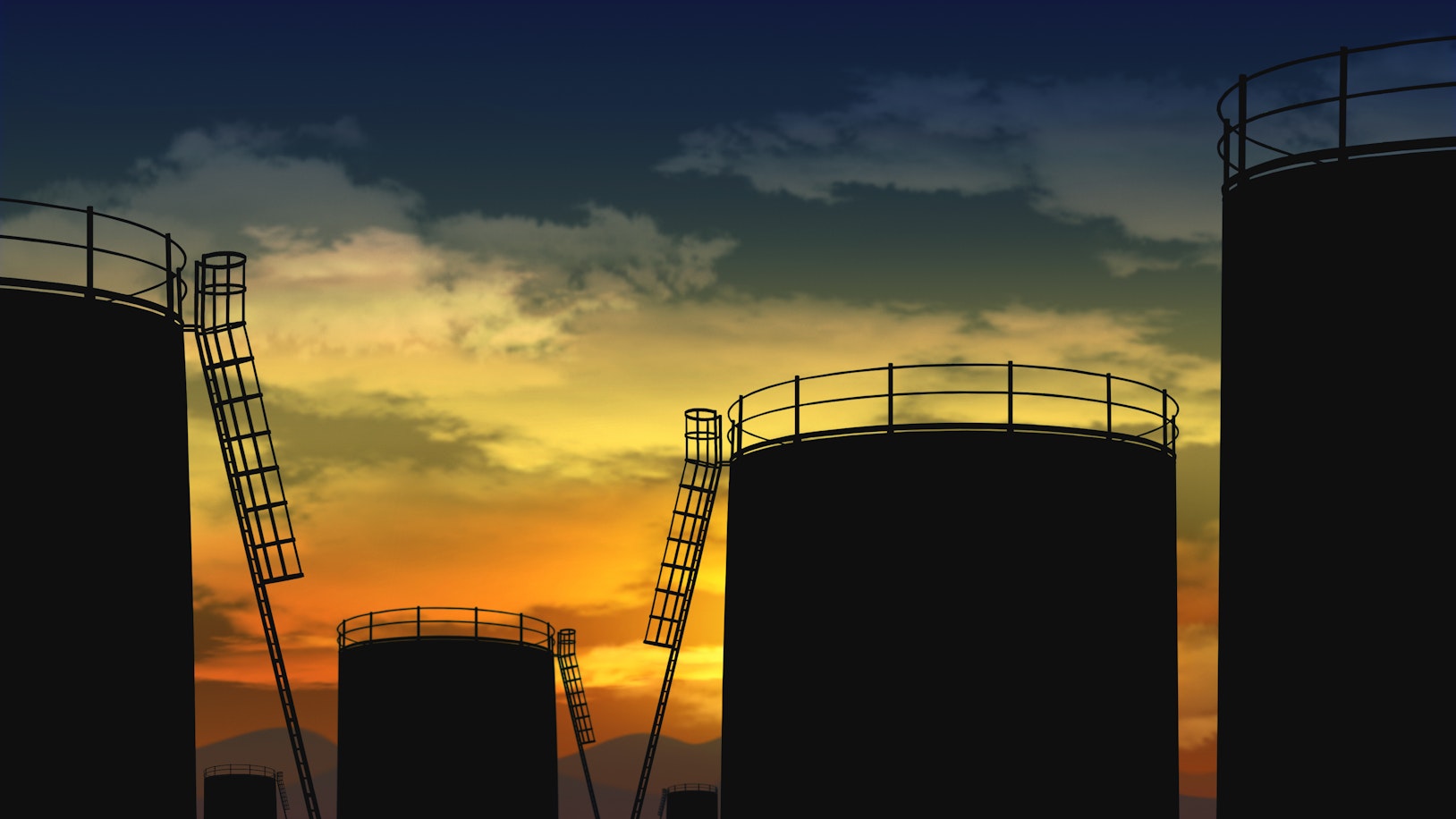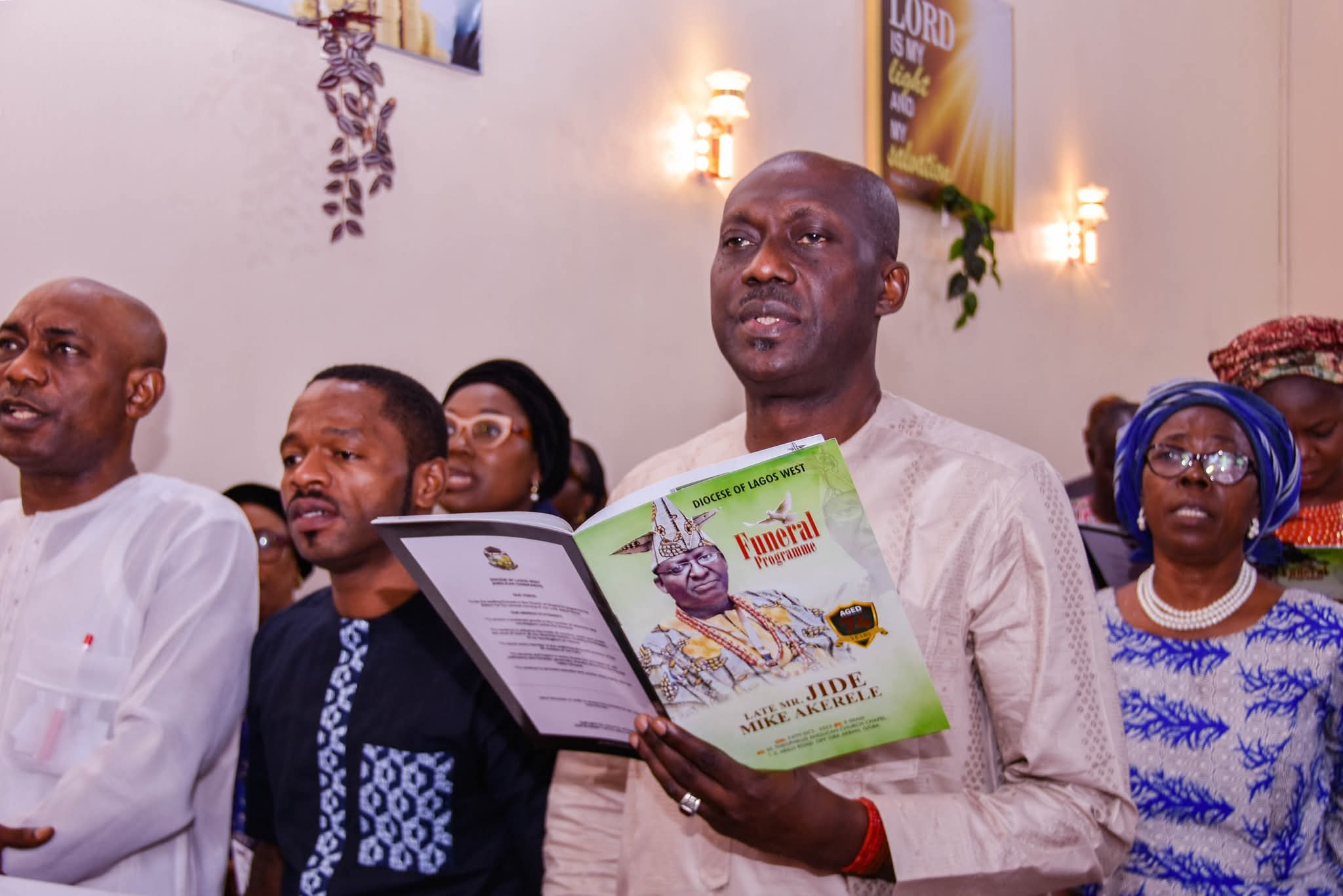▪︎ Jakarta, on Java Island
Indonesia is moving its capital city to a different part of the country and steel makers in the country are expected to supply 9.5 million tons of steel to develop the new city, Nusantara.
Checks by Industrialtimesngr.com, shows that following a recent discovery by the Indonesia’s government that parts of its capital city, Jakarta, on Java Island, would be partially submerged by 2050, its answer was to build a whole new capital in a more geographically secure part of the country.
The new capital city, Nusantara, is being built 800 miles away from Jakarta in East Kalimantan, an Indonesian province on the east coast of the island of Borneo.
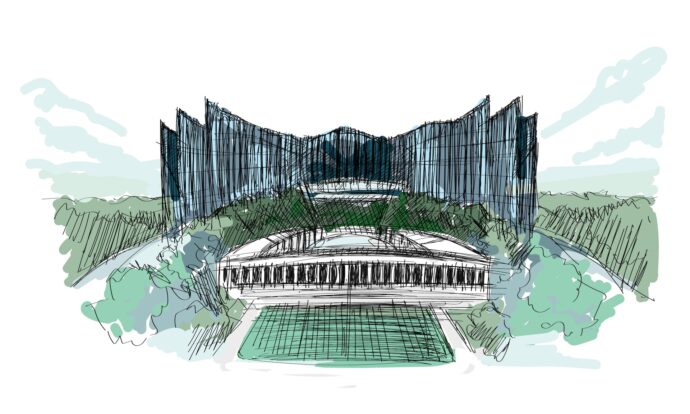
▪︎Nusantara, the new capital city under construction
And, as Indonesia was ranked the fourteenth largest steel producer in the world in 2023, it’s no surprise that steel is a key structural component in the construction of the country’s new capital, set to be the country’s largest-ever infrastructure project.
The Chairman of the Indonesian Iron and Steel Industry Association (IISIA), Purwono Widodo, said in July this year that 9.5 million tons of steel will be required to develop Nusantara.
He forecasts that 500,000 to 700,000 tons of steel will be used in the first phase of the development and a further one million tons are expected to be used in each additional phase.
The IISIA is collaborating with the Public Works and Public Housing Ministry to ensure that it’s possible to deliver the vast quantities of steel required to build the new capital.
To comply with Nusantara’s design principles all residential, institutional and commercial buildings built as part of the new city must use environmentally-friendly construction methods, and the steel industry will be playing its part in delivering this.
Steel changes the face of the Garuda Palace
The centrepiece of this new capital city, known locally by its abbreviation, IKN, is the Garuda Palace, the new presidential office.
Its design is based on the legendary bird of prey and Indonesia’s national emblem, the Garuda. The palace will evolve gradually over the preceding years as its metal facade is exposed to natural chemical reactions.
The brass colour on the front of the building will gradually get a green/blue patina and the blade area, which is made of weather-resistant steel, will turn dark reddish within a couple of years, the lead designer Nyoman Nuarta told Indonesian news agency Antara.
Steel sourced locally
With the blueprint for Nusantara focusing on sustainable construction, it was important that the materials used for the Garuda Palace could, wherever possible, be sourced locally and they also had to comply with the regulations of the Domestic Component Level.
Consequently, Krakatau Steel, the country’s largest steel maker, was the natural choice to supply the steel for the structure and body of the palace.
The state-owned company was commissioned to produce steel that could withstand laser welding to make it more weatherproof and stable enough to survive the forecast hundreds of years of the building’s lifespan.
Indonesia’s Minister for Economic Affairs, Airlangga Hartarto, told Antara in July this year that he hoped that infrastructure projects across Nusantara could be shown as flagships for Indonesia’s steel industry.
“I believe that IKN will serve as a good marketing ground for our steel programmes,” he reportedly said. Adding, that he hoped that domestically produced steel would be mainly used for local construction.
The new city was officially inaugurated on Indonesia’s Independence Day, 17 August 2024, President Joko Widodo and his Cabinet attended the ceremony at the Garuda Palace.
While the construction of Nusantara is not expected to be fully completed for decades, it should be partially operational within five years. Steel will be the unobtrusive supporting act holding most of it together.


